At a school board work session Jan. 28, the district’s architects presented two new plans for additions to Siwanoy Elementary School and four more for the secondary campus. At the same time, the overall costs of the various scenarios the board of education is reviewing for the bond referendum in May have narrowed to a range of $54.3 million to $161.8 million.
One of the new proposals for Siwanoy, called Option B(-), would build accommodations required by the Americans with Disabilities Act (ADA) and two classrooms but no new cafeteria at a cost of $28.3 million. The other new plan (Option C1), at a cost of $40.3 million, would demolish Siwanoy’s two wings and shift the gym to the front of the building from the rear when compared with the original Option C (which also calls for taking down the wings).
At the Jan. 8 school board meeting, the trustees had narrowed their preferences for Siwanoy to Option B and Option C. All the current proposals for the school are shown in the chart below from the Jan. 28 presentation by KG+D architects: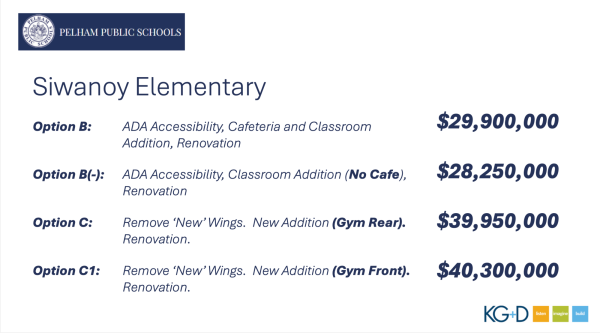
Trustee Will Treves said of the latest ideas that maintaining the historic architecture of the building is of great importance to some members of the community.
Micheal Vigiliotti, an architect with KG+D, said he had found the original architectural plans for the school online and that his firm has worked on restoration projects in the past.
Last week, a flyer circulated in the Siwanoy area calling for the wings to remain and the district to approve “a modest plan” that would make the school ADA compliant. During a Jan. 23 information meeting on the plans at Siwanoy, some residents supported demolishing the wings and building a new addition with classrooms, a cafeteria and a gym, while others said they wanted only the ADA update.
The current art and music rooms are located in the basement of Siwanoy. Option B proposes that these classrooms would be moved to the first floor, where the Kindergarten classrooms are situated. They, in turn, would be shifted to the second floor.
This would allow for more secure, accessible and larger Kindergarten classrooms, said Treves. He said there was “still a lot of discussion” to be had about using the space for various classrooms.
Superintendent Dr. Cheryl Champ said Option B would cause less disruption to the daily life of students despite planned renovations for the gym, which is also used as a cafeteria and auditorium. The students would eat in their classrooms, and Siwanoy would likely have to work with the Village of Pelham and Village of Pelham Manor or use district-owned facilities for physical education classes and recreational activities.
For Option C, Siwanoy would lose a wing of classrooms with nowhere else to locate students during construction. Champ said this would be much more detrimental to student life.
The school board now has seven overall capital spending plans (see chart below) to consider, up from the five presented at the Jan. 8 board meeting. At the same time, the cost of Scenario 7 (below) is less than Scenarios 4 and 5 originally presented on Jan. 8 ($166.8 million and $176.8 million, respectively). In the new scenarios, the second cheapest proposal for Siwanoy and the cheapest for the secondary campus are listed. Also, installing air conditioning systems in the elementary schools is included from the second plan on, while PMHS would get AC only in plans 6 and 7.
 For the middle school and high school, which the architect’s presentation slides refer to as Pelham Memorial High School, the six different options include a new extension for various numbers of science classrooms and labs, along with a high school common area, which was originally designated as a cafeteria in the Jan. 8 document. The six options for PMHS—up from the two reviewed on Jan. 8—are listed in the chart below:
For the middle school and high school, which the architect’s presentation slides refer to as Pelham Memorial High School, the six different options include a new extension for various numbers of science classrooms and labs, along with a high school common area, which was originally designated as a cafeteria in the Jan. 8 document. The six options for PMHS—up from the two reviewed on Jan. 8—are listed in the chart below:
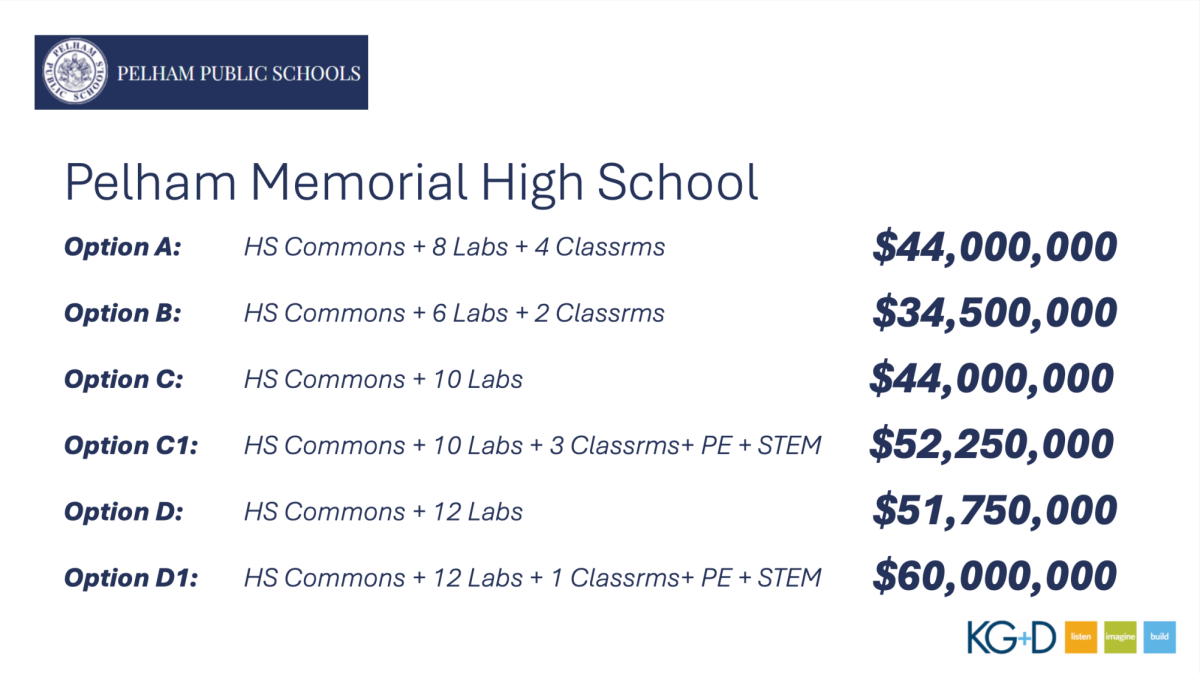
None of the members of the school board expressed a view on the proposals for the secondary campus, though Option B is listed in the chart above listing all seven scenarios.
Since Jan. 8, the estimated cost of AC for the schools that need it dropped to $29.9 million from $42.5 million, while geothermal heating rose to $12 million from $10 million.
Board Vice President Natalie Marrero asked, “Why the urgency with AC this year than other years?”
Champ said as of September students cannot be placed in instructional spaces hotter than 88 degrees under state law.
Following the board’s adoption of a new meeting calendar on Jan. 28, the key dates moving forward for the bond proposal will be a bond discussion at the school board meeting on March 3, recommendations to the board by the yet-t0-be-named bond advisory committee through March 19 and the board’s adoption of the scope of the bond at a meeting on that same date. District residents would vote on the proposition, as well as the annual budget and school board candidates, on May 20.



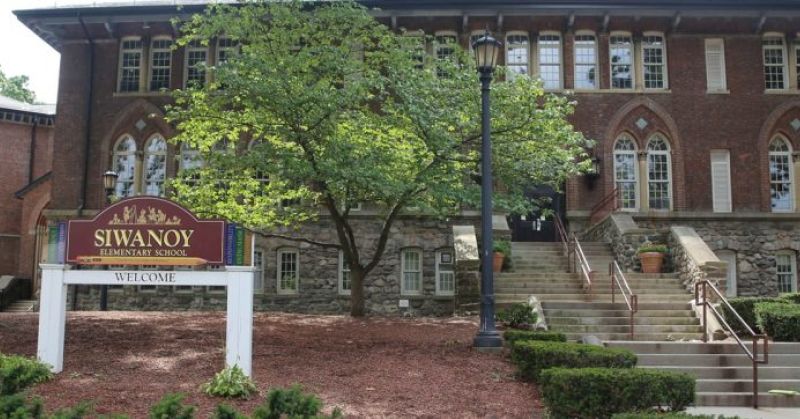
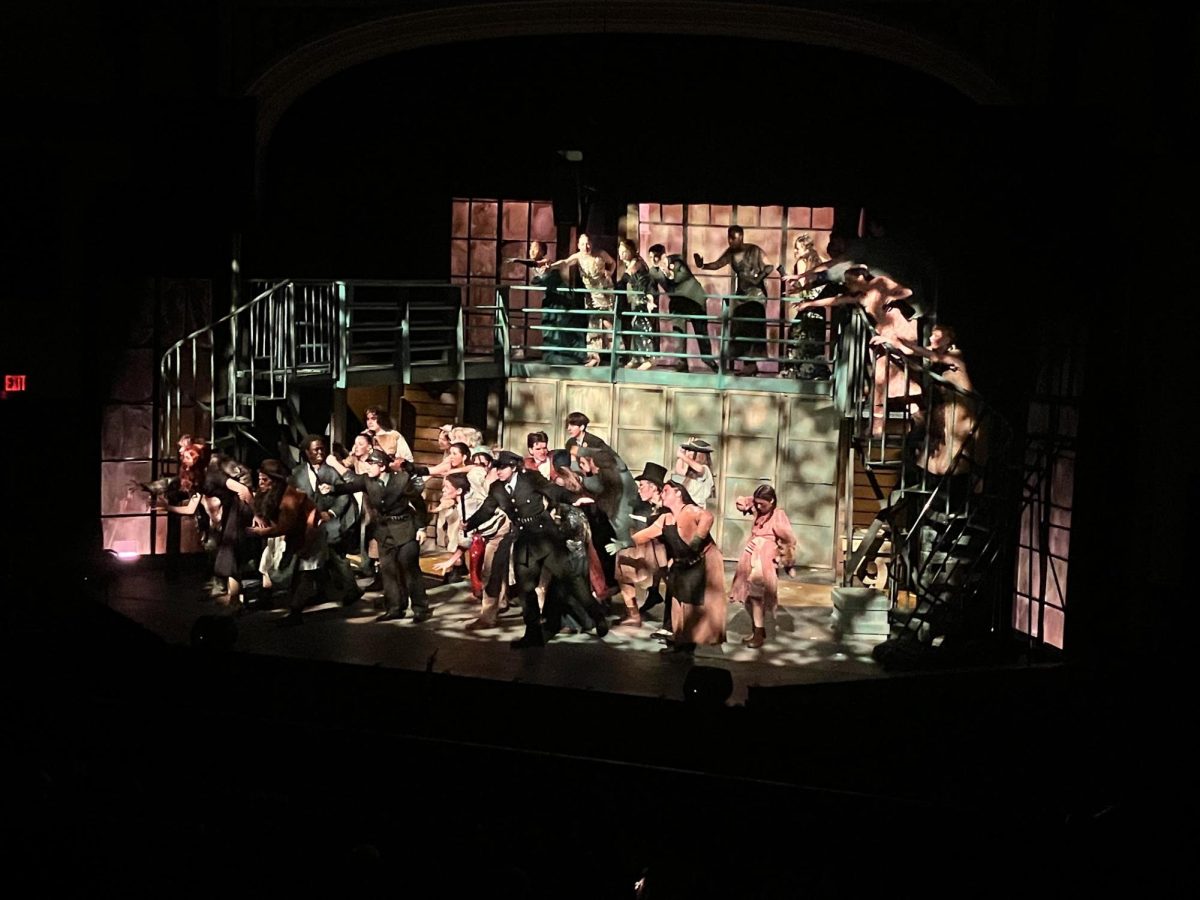
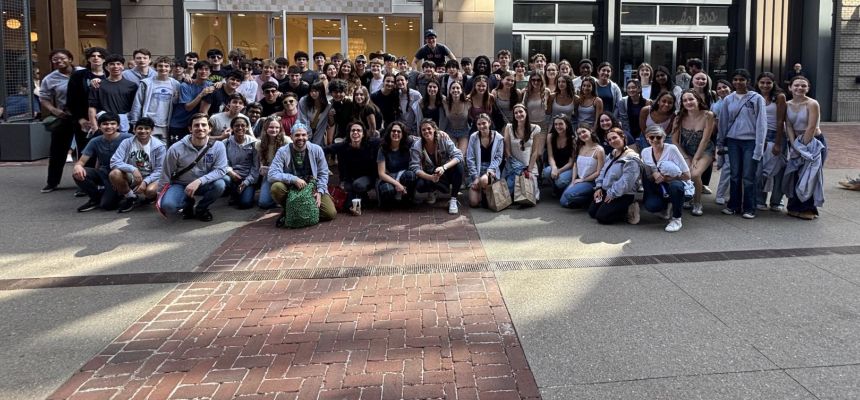
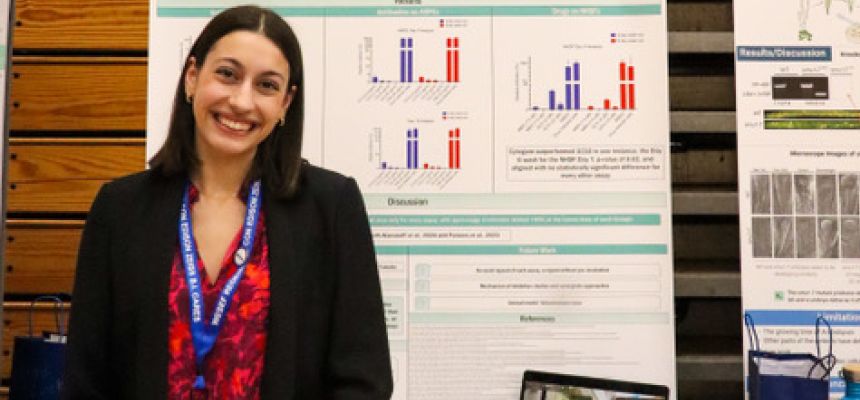

Michael O'Hara • Feb 7, 2025 at 6:25 pm
A few questions related to any proposals for construction – full disclosure: I live on Siwanoy Place.
What environmental changes will construction cause? Will their be changes in the way water flows towards Siwanoy & what estimates/analysis will be done to avoid negative outcomes? Has this already been included in any proposals? If not, why not?
What level of noise pollution will there be – what steps will be taken to mitigate? I work remotely & would be pretty bummed if I had to contend with heavy equipment – for how long?
What assessments of property values can be done as related to this proposal? Not that I plan to move in the next 4 years… still, this is a relevant question. The expectation is a dispassionate/3rd-party analysis be conducted as part of the proposal accepted.
The changes proposed are a mix of good/bad – while a boon to the school the costs will mostly fall on the residents of the Manor.
I would ask that the BOE provide any relevant links that address any & all questions.